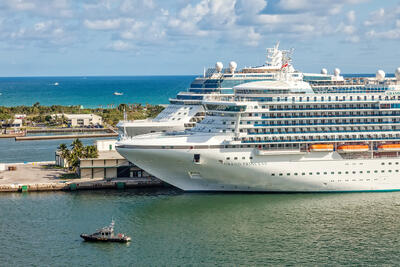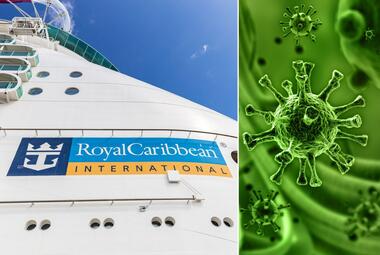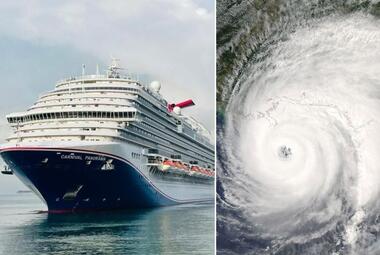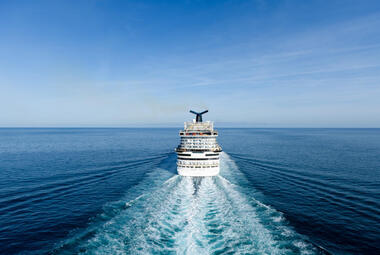Cruise Lines International Association shared new findings that point to evidence of the cruise industry’s resilience, while attending Seatrade Cruise Global in Miami, Florida.
In Cruise Lines International Association’s (CLIA) latest press release, they stated that “our science backed protocols facilitated the resumption of cruise operations, with over 7.5 million passengers having sailed in nearly 90 markets, all while committing to pursuing ever more ambitious carbon reduction goals.”
CLIA additionally shared new highlights of customer research. The organization confirmed that the intent to cruise is coming back strong, with 63% of cruisers and potential cruisers indicating that they are ‘very likely’ or ‘likely’ to cruise in the next two years.
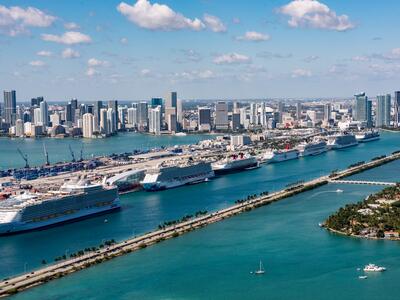
“As the industry resumes operations, passenger volume is expected to recover and surpass 2019 levels by the end of 2023, with passenger volumes projected to recover 12% above pre-pandemic levels by the end of 2026,” stated Kelly Craighead, President and CEO of CLIA.
In further consumer research, CLIA found that 69% of people who responded, who had never cruised before, said that they were open to cruising. This number surpasses that of pre-pandemic responses.
CLIA found that the Millennial age group appeared to be the most enthusiastic in returning to cruising, with 87% of responders from this category indicating that they will take a cruise in the next couple of years. This number was followed closely by Gen X responders who came back at 85%.

CLIA additionally announced significant environmental sustainability commitments that will further drive innovation within the industry.
“Cruising is accessible, responsible, and experiential - making it the best way to see the world for people of all ages and interests. With the support of an incredibly resilient community, the future of the cruise industry is bright,” said Craighead.
The announcements included commitment by CLIA ocean-going members to pursue net-zero carbon cruising by the year 2050. As part of this commitment, members also committed to having all ships, by the year 2035, equipped to use SSE, where shoreside electricity is available. SSE will allow ships’ engines to be switched off while docked at port, which will help reduce carbon emissions. CLIA has stated, that where shoreside power is not available, ships will look to available alternatives in order to reduce emissions.

Stated by CLIA, “the industry is acting now for the future. We are reducing the carbon footprint of our ships while at berth and at sea investing in advanced environmental technologies and partnering with cities and posts on sustainable destination management. By equipping cruise ships with the ability to connect shoreside power and using it where available, the cruise industry is prepared to eliminate emissions while at port for the benefit of local communities.”
Additionally, CLIA has shared that it will partner with Global Maritime Forum Call to Action for Shipping Decarbonization, to work towards making zero-emission ships and fuels the standard choice by 2030.
In a statement from Pierfrancesco Vago, the Chairman of CLIA, “the cruise industry has an extraordinary ability to innovate, and we want to channel our collective expertise and commitment to help find solutions as an active partner in the effort to decarbonize shipping. We continue to set ambitious carbon reduction goals as an industry, and cruise lines are showing the way by partnering with fuel suppliers, shipyards, technology manufacturers and academic institutions to develop new lower carbon fuel sources. We are investing in our future.”


